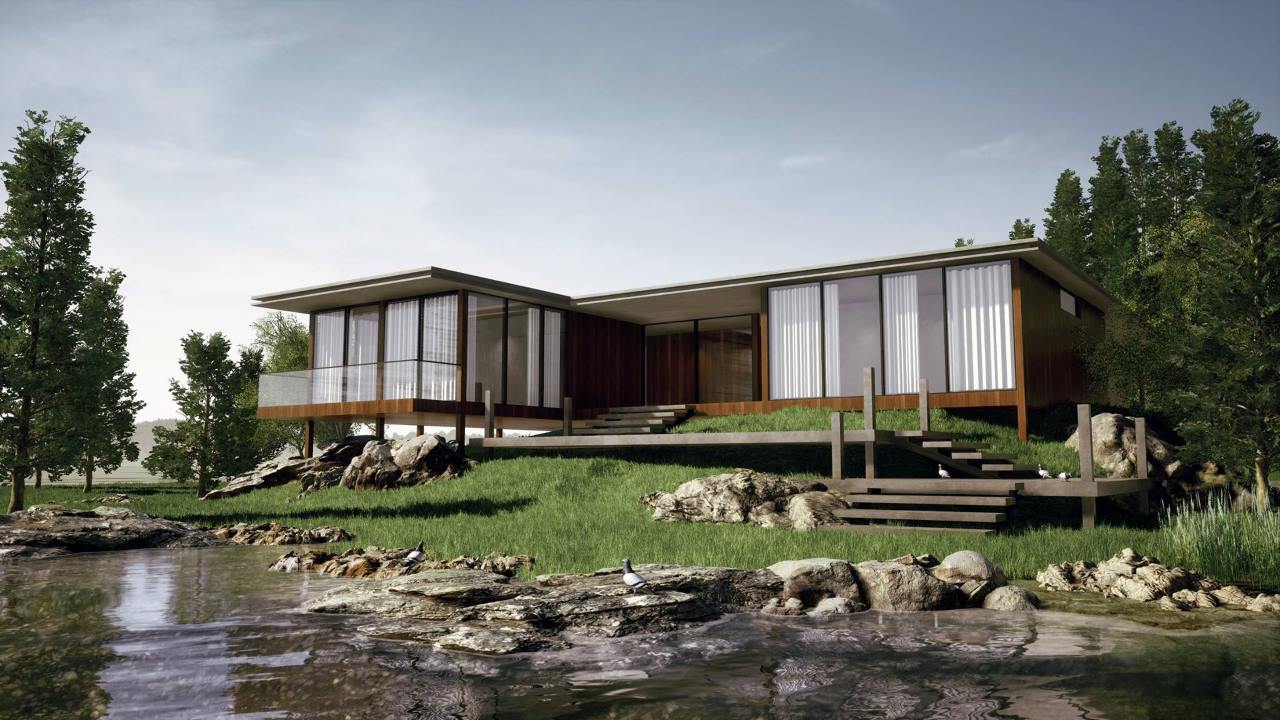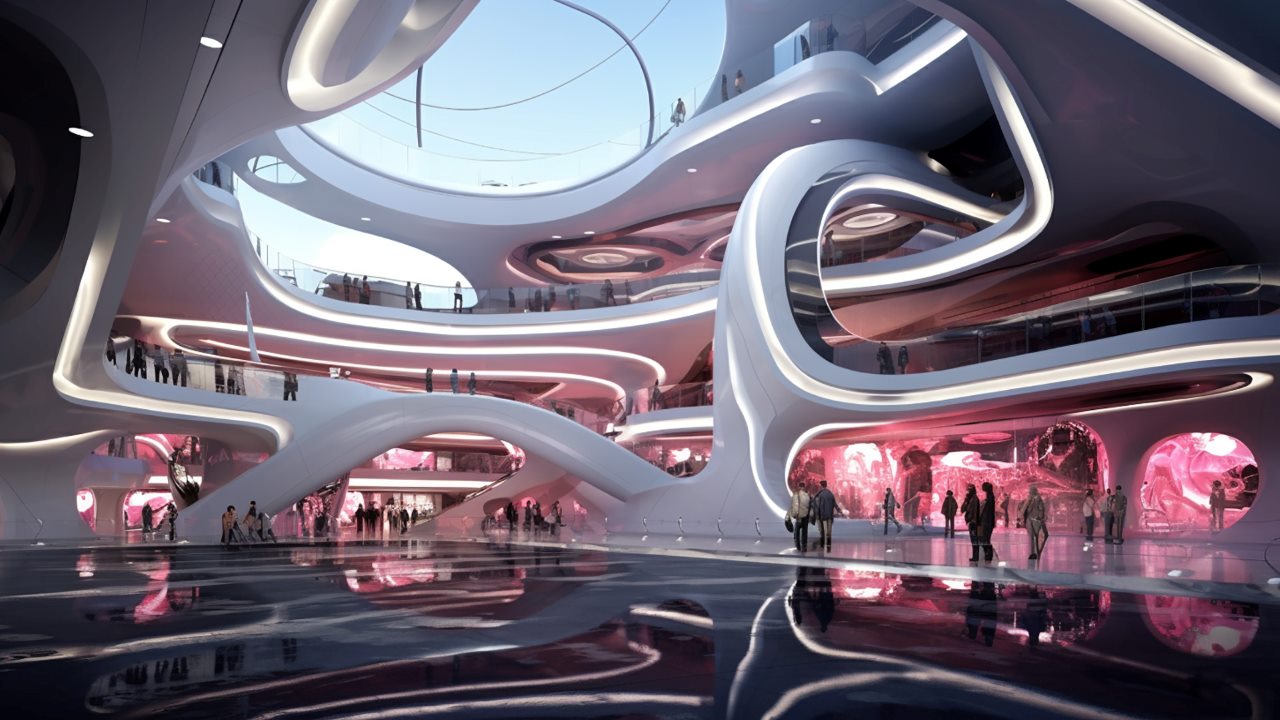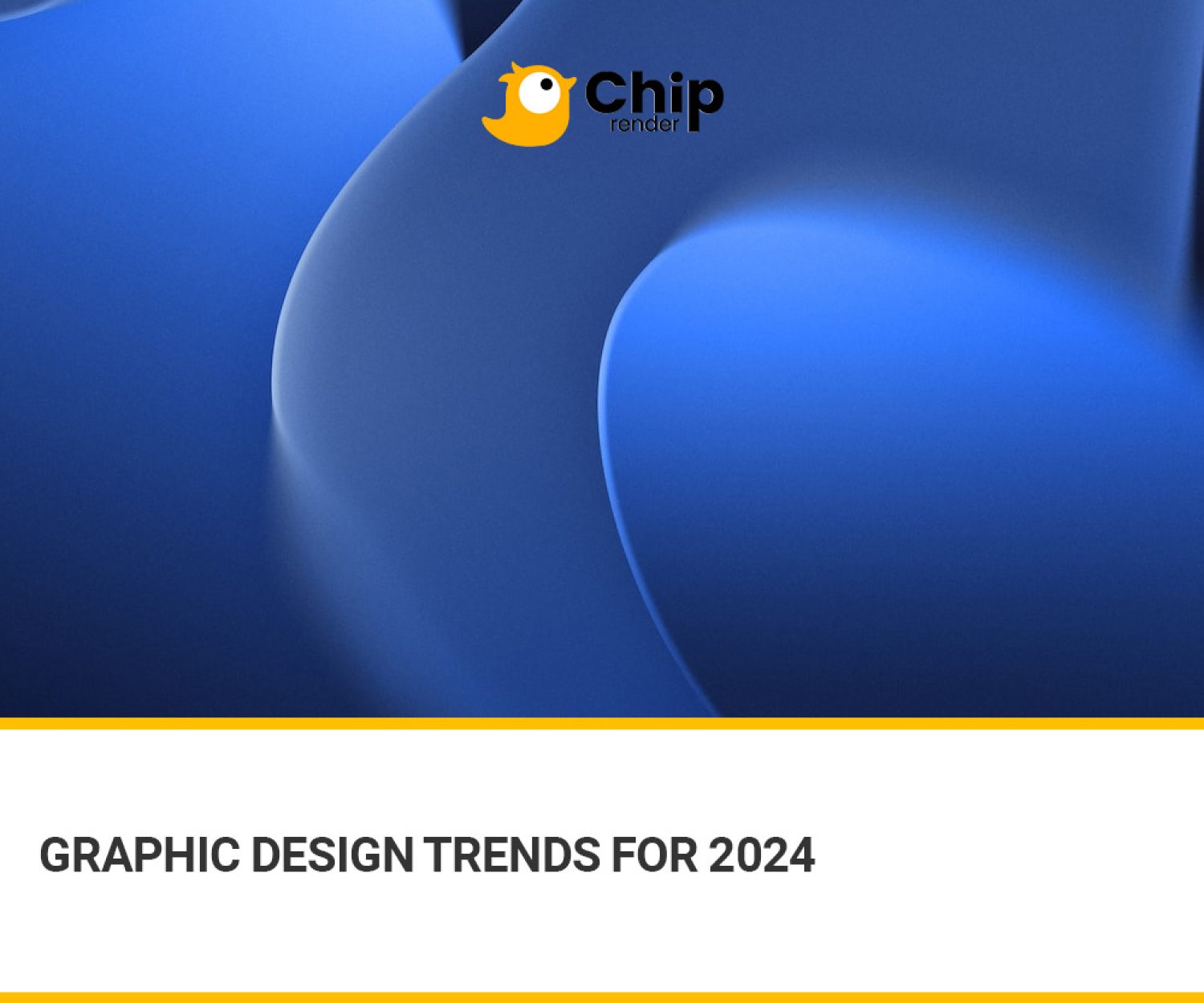3D rendering has developed over the years. In 2024, we have witnessed the overwhelming growth of 3D rendering technology. It reveals the trends that are revolutionizing the digital landscape.
These trends not only define the current state of visualization technology but also lay the groundwork for immersive visual experiences in the future. Let’s join Chip Render to explore 3D rendering trends that are shaping the 3D rendering world in 2024!
Understanding of 3D Rendering Trends
We know that 3D rendering is the process of generating two-dimensional images or animations from a three-dimensional digital model. This process involves the use of specialized software to convert 3D models into realistic images that simulate lighting, textures, and shadows. Thus, how do we define 3D rendering trends?
What are 3D Rendering Trends?
3D rendering trends refer to the ongoing advancements and shifts in the methods, techniques, and tools used to create three-dimensional digital visualizations.
Generally, these trends demonstrate creativity and innovation, continuously applying new technologies that increase rendering performance. For example, AI technology, virtual reality, sustainable rendering, etc. As a result, they improve customer experience and satisfaction.
The Importance of 3D Rendering Trends
For 3D artists, keeping up with 3D rendering trends is important for some reasons:
- Professional Development: Keeping up with the latest trends allows 3D artists to expand their skill sets and stay competitive in the industry.
- Market Demand: Understanding current trends ensures that 3D artists can deliver renderings that align with contemporary aesthetic preferences and meet customer expectations.
- Efficiency and Productivity: Applying new rendering enhancements can increase efficiency and productivity. This allows artists to take on projects and meet tight deadlines without sacrificing quality.
- Artistic Innovation: Rendering trends open new creative possibilities for 3D artists. By embracing these trends, artists can explore groundbreaking approaches to visualization and storytelling.
- Connect and Collaborate: Participating in 3D rendering trends allows artists to connect with like-minded professionals. This network can lead to valuable opportunities for professional growth and exposure.
- Adaptability: The ability to adapt to evolving trends ensures that 3D artists can meet the changing needs of diverse industries without falling behind.

3D Rendering image via illustrarch.com
3D Rendering Trends for 2024
Real-time Rendering
One of the most important trends shaping the 3D rendering world is the rapid development of real-time rendering technology. Previously, rendering high-quality 3D scenes required significant time and computing power. However, everything has changed since the advent of powerful real-time rendering engines such as Unreal Engine and Unity. Architects and designers can now visualize and manipulate complex 3D environments in real time. This allows rapid design iterations, provides immediate feedback, and increases customer experience.
Real-time rendering brings advantages in many industries. Imagine architects walk you through virtual buildings with unprecedented realism, isn’t that interesting? Moreover, thanks to this technology, game developers test games seamlessly, reducing development cycles. Shortly, as hardware improves, real-time rendering will play a significant role in workflow and user experience.
AI-Driven Rendering
Artificial Intelligence (AI) is changing the game in 3D rendering. AI-powered rendering techniques like neural upscaling, denoising, and content generation are revolutionizing how artists approach rendering process. Furthermore, harnessing the power of machine learning algorithms will help artists achieve higher levels of realism and performance in the rendering process.
Notably, AI helps the rendering process become automated. In addition to creating textures and optimizing lighting, AI algorithms also analyze huge data sets to help make informed decisions. Hence, 3D artists can focus more on creativity. We can expect smarter rendering solutions when AI becomes more mature soon.
Mobile and Cloud Rendering
The rendering engine’s compatibility with mobile devices allows designers to work on their projects anywhere. Also, it is more convenient as customers can view projects on the go.
On the other hand, cloud-based rendering services such as Chip Render provide scalable and cost-effective solutions for rendering large-scale projects. The ability to offload rendering tasks to the cloud provides flexibility and efficiency, especially for remote teams and big studios.

Futuristic Architectural Rendering by Generative AI image via stambol.com
Extended Reality (XR) Integration
Extended reality (XR) is the term for the convergence of virtual reality (VR), augmented reality (AR), and mixed reality (MR) technologies. These technologies bring new experiences to 3D rendering. In fact, applications of XR range from simulation training and interactive exhibits to immersive storytelling experiences. Thus, they drive demand for high-quality 3D content.
Besides, optimizing 3D content for the XR environment is very important. These include performance optimization, spatial audio integration, and design to ensure seamless interaction. In particular, sectors such as education, healthcare, and retail will benefit from leveraging XR experiences to attract customers. It can be said that the ability to work with XR will be an important skill for 3D artists in the coming years.
Sustainable and Green Rendering
When global awareness of environmental sustainability is growing, 3D rendering needs to adopt greener practices. As we all know, rendering complex 3D scenes often requires significant computational resources. This leads to high energy consumption and carbon emissions. Therefore, it is essential to find new sustainable solutions to minimize the impact on the environment.
The current trend is to optimize rendering algorithms and use good hardware to achieve high image quality while reducing resource requirements. Additionally, cloud-based rendering services also take advantage of renewable energy sources to protect the environment. Indeed, Chip Render uses electricity generated 100% from clean, renewable resources such as solar, wind, and water energy. We commit to natural and eco-friendly solutions and strive for future sustainability. Furthermore, e-waste initiatives contribute to creating a sustainable rendering ecosystem.
Photorealistic Materials and Lighting Simulation
Achieving realism is one of the most popular 3D rendering trends in recent years. Advances in material simulation and lighting technology are allowing for more realistic and intuitive 3D renderings. Specifically, ray tracing, high-precision texture mapping, and advanced lighting simulation make rendered images more realistic than ever.
Industries such as automotive design, product visualization, and entertainment benefit greatly from optical simulation. Designers can showcase products in a virtual environment with high accuracy, providing a great experience for customers. Soon, as hardware performance increases, real-time ray tracing capabilities with AI support will blur the line between virtual and reality.

Photorealistic Interior Rendering image via archicgi.com
Blockchain and Digital Asset Management
Blockchain technology is revolutionizing the management and ownership of digital assets. This has huge implications for the 3D rendering industry as it ensures secure, transparent transactions. You can also track the provenance of digital assets, including 3D models, textures, and animations. This technology is important in 3D collaboration and commercial projects because it promotes trust and authenticity in digital content exchanges.
Thanks to the market supported by the blockchain platform, 3D assets are legally exchanged and traded. Thus, 3D artists can earn more income while still ensuring intellectual property rights for their products.
Conclusion
Overall, 3D rendering trends for 2024 show the rapid and vibrant development of the industry. Innovations in rendering technology increase rendering efficiency while remaining committed to environmental sustainability. In the near future, we can expect great advancements in the industry along with amazing rendering experiences.

Chip Render – Cloud Rendering Service stays ahead of the trend in 2024. We provide high-configuration 1/2/4/6x RTX 3090 servers using 100% renewable energy sources such as solar, wind, and water energy. Join Chip Render and build your own workstation at an affordable price from $2.9.




